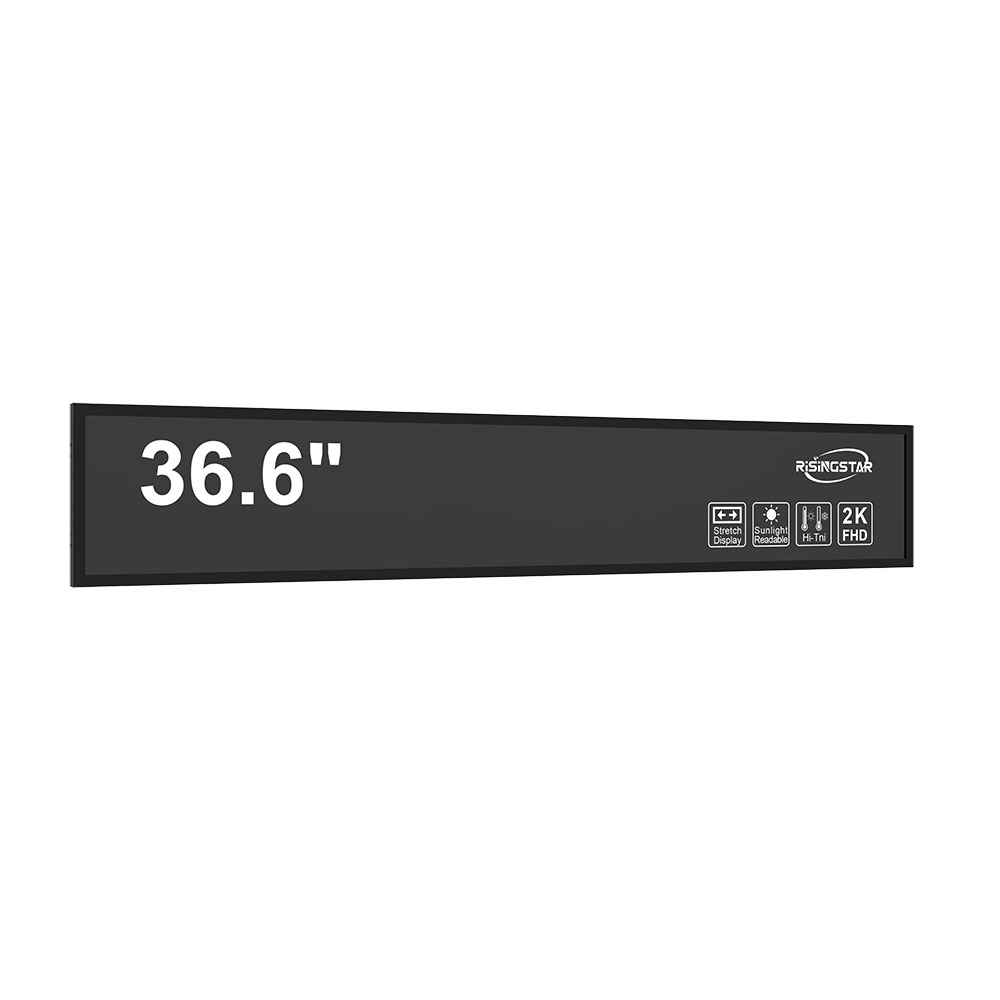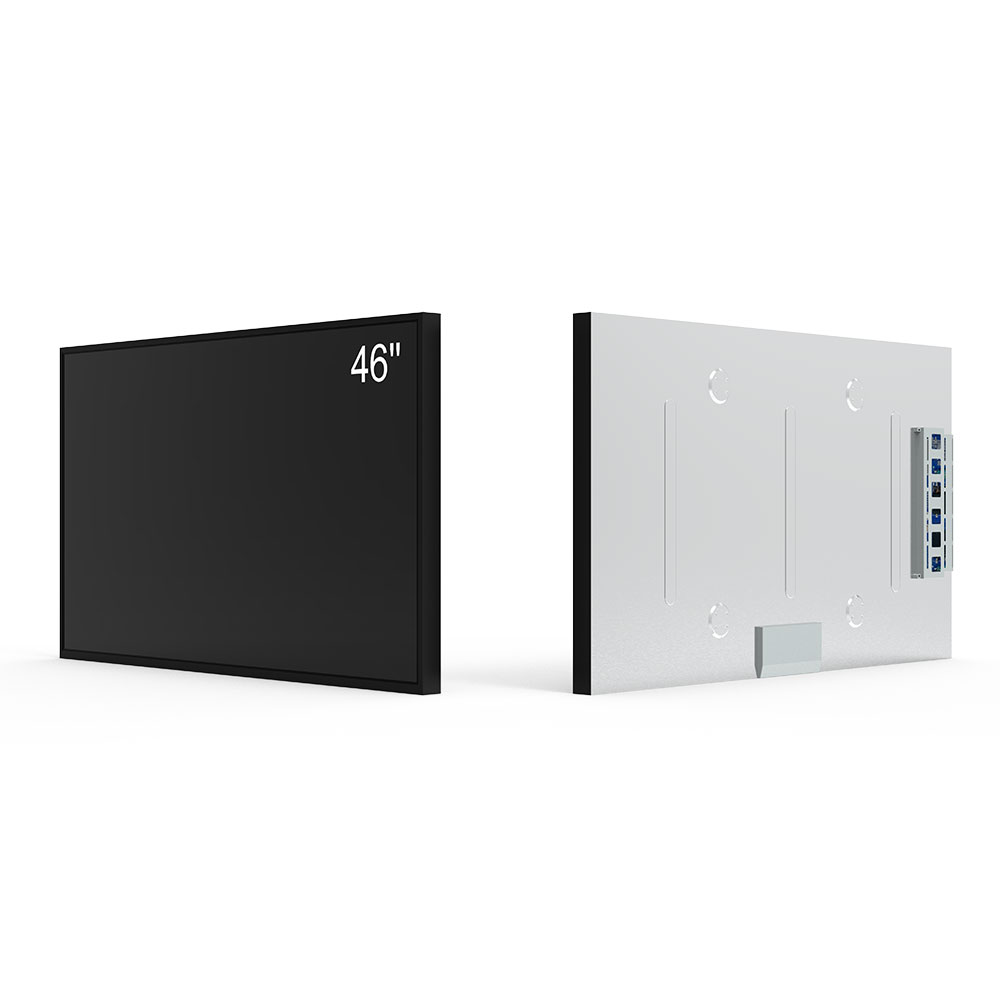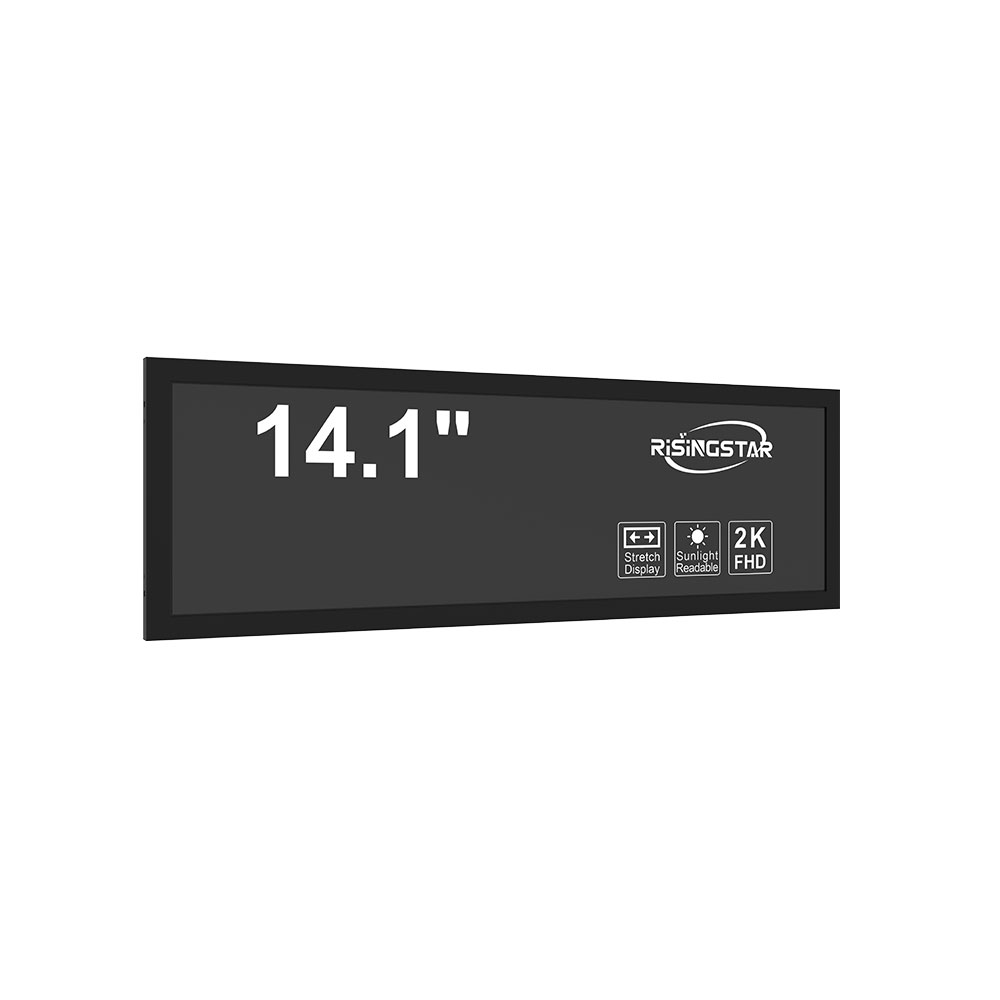屋外LCDスクリーンは、デジタルビルボードや交通駅から小売キオスクやスポーツ会場まで、現代の公共スペースで不可欠になっています。困難な環境で高可視性で長寿命のディスプレイの需要が増加するにつれて,メーカーと統合者は,現実世界の条件でパフォーマンスを確保するための重要な技術パラメータに取り組まなければなりません.この記事では,屋外LCDスクリーン技術の包括的な概要を提供し,耐久性,明るさ,コントラスト比,環境抵抗力,およびIEC 60068,IP評価,MIL-STD-810Gなどの業界標準に基づく適切なインストール実践に焦点を当てています.
耐久性: 耐候性を超えて
一般的な誤解は、 "屋外"ただ防水または防防防防防防防防防防防防水性または防防防防防防防防防防防防防防防防水性または防防防防防防防防防防防防実際,屋外LCDは,極端な温度 (-30°Cから+70°C),紫外線降解,機械振動,および潜在的な破壊に耐えなければなりません.エンクローザーの構造的完整性は,ディスプレイパネル自体よりも重要です.例えば,耐腐食コーティングを備えたアルミニウムダイキャストハウジングは,熱伝導性と長寿命のためにプラスチックより好ましい.国際ディスプレイメーカー協会(IADM)による2023年の研究によると、屋外LCDの早期故障の78%は、内部部品の故障ではなく、不良なハウジング設計と関連している。
さらに,LEDバックライトシステムは,特に高湿度環境では,CCFL (Cold Cathode Fluorescent Lamp) バックライトに比べて優れた信頼性を提供します.LEDは熱を減らし,電力消費を最大40%減らし,時間とともに一定した明るさを維持します.

明るさ:直射日光の下で可視性を達成する

屋外LCDの最も引用されているメトリックは、通常ニット(cd/m²)で測定される明るさです。屋内スクリーンは300〜500ニットの範囲を持っていますが、屋外モデルには少なくとも5,000ニットが必要です。情報ディスプレイ協会(SID)が行った2022年のフィールドテストでは、5,000ニット未満のスクリーンは、防ソソーラーの正午のピーク時期にも、抗ソソソーラーコーティングでさえ、読み取れないようになった。
高明度LCDは,極化強化フィルムや日光可視性に最適化されたディフューザを含む先進的な光学スタックデザインを使用しています.いくつかのプレミアムモデルには,周囲光レベルに基づいて出力を動的に調整する適応的な明るさセンサーが組み込まれています.
コントラスト比:可変照明条件下の明確さ

コントラスト比(白レベルと黒レベルの差)は画像の明確性に直接影響を与える。屋外スクリーンは,明るい日光と日日日没の両方で読みやすくなるために,最低コントラスト比4,000:1が必要です.受動式マトリックスLCDはここで闘っています;アクティブマトリックスIPS(In-Plane Switching)パネルは、広い視角と優れた色の一致性のためにプロの屋外インストールで標準です。
Interestingly, contrast isn’t static—it degrades with increasing ambient light. To compensate, manufacturers implement local dimming zones (LDZ), which selectively darken parts of the backlight array to enhance perceived contrast without reducing overall brightness. This technique, commonly found in 4K outdoor displays used in stadiums, improves visual fidelity while maintaining power efficiency.
環境保護:IP評価と熱管理
IP (Ingress Protection) ratings define resistance to solids and liquids. For outdoor use, an IP65 rating (dust-tight and protected against water jets) is the bare minimum; IP67 (immersion up to 1 meter) or IP68 (continuous submersion) is recommended for coastal or flood-prone areas.
Thermal management remains one of the biggest engineering challenges. High temperatures shorten LED lifespan and cause color shift. Many outdoor units integrate passive cooling via heat sinks and convection channels, while others employ active solutions like fan-based ventilation or liquid-cooled enclosures for extreme climates. Testing per MIL-STD-810G ensures these systems function reliably across shock, vibration, humidity, and temperature cycling.
Installation Best Practices: From Mounting to Maintenance
Even the best outdoor LCD will fail if improperly installed. First, consider mounting location: avoid placing screens where they receive direct sun exposure during midday unless equipped with sun shields or automatic brightness control. Second, ensure proper grounding and surge protection—especially in lightning-prone regions—as electrical surges account for nearly 20% of outdoor screen failures (per a 2021 report from the National Electrical Manufacturers Association).
Cable management is another overlooked area. Use weatherproof conduit and waterproof connectors rated for outdoor use (e.g., M12 connectors). Regular maintenance schedules—including cleaning lenses with microfiber cloths and inspecting seals annually—are essential to extend lifespan beyond 10 years.
Emerging Trends: Smart Integration and Energy Efficiency
Modern outdoor LCDs increasingly integrate with IoT platforms for remote diagnostics, firmware updates, and usage analytics. For instance, Samsung’s “Smart Signage Platform” allows centralized monitoring of hundreds of outdoor screens across cities. These capabilities not only improve operational efficiency but also enable predictive maintenance through AI-driven anomaly detection.
Energy efficiency is also advancing rapidly. New OLED-based outdoor panels offer higher contrast ratios and lower power draw than traditional LCDs, though cost remains a barrier for mass deployment. Meanwhile, solar-powered outdoor displays are gaining traction in off-grid locations such as rural advertising boards or emergency communication systems.
In conclusion, successful outdoor LCD implementation requires a holistic understanding of materials science, thermodynamics, optics, and system integration. Whether deploying a single screen in a shopping mall or a networked display system in a city center, adhering to established standards and prioritizing robust design leads to reliable, long-term performance—even in the harshest environments.
2025-07-31
2025-07-31
モザイク画面がクラッシュしたときにする方法2025-07-31
1000 ニット 21.5 インチ LCD ディスプレイ パネル イギリス2025-08-17
最大の可視性と耐久性のための正しい屋外LCDスクリーンを選択する方法